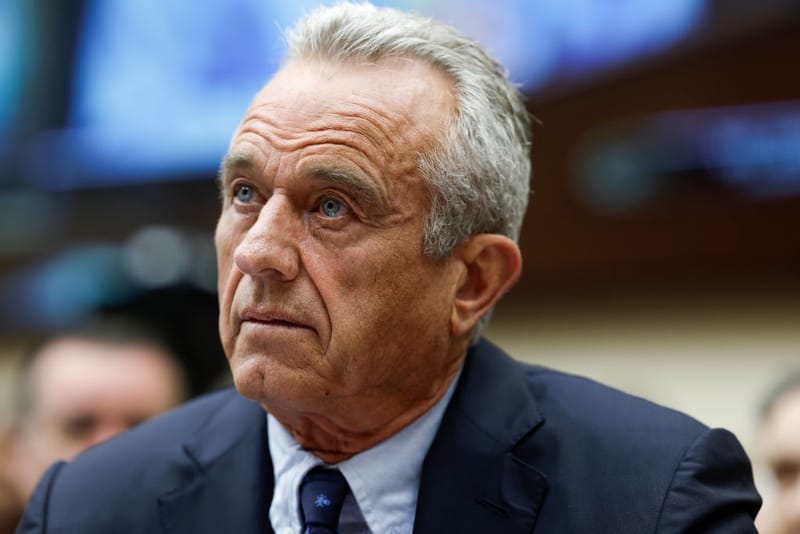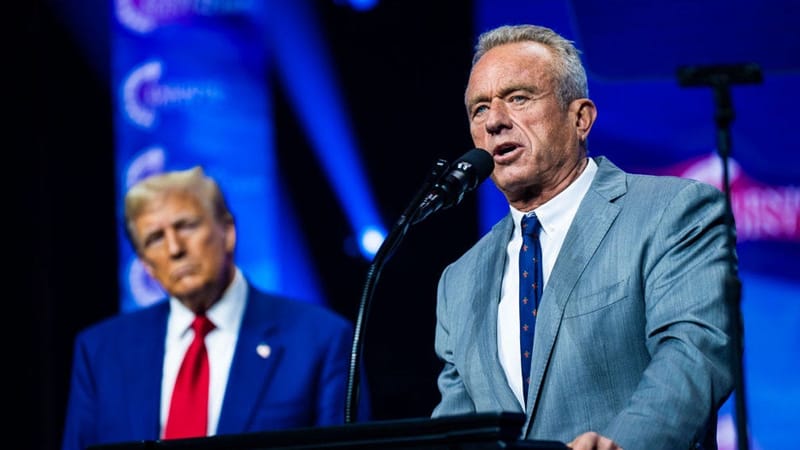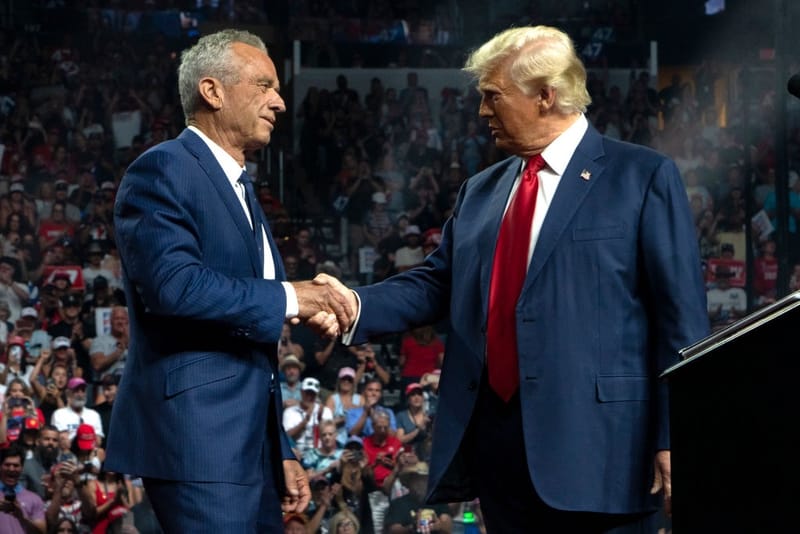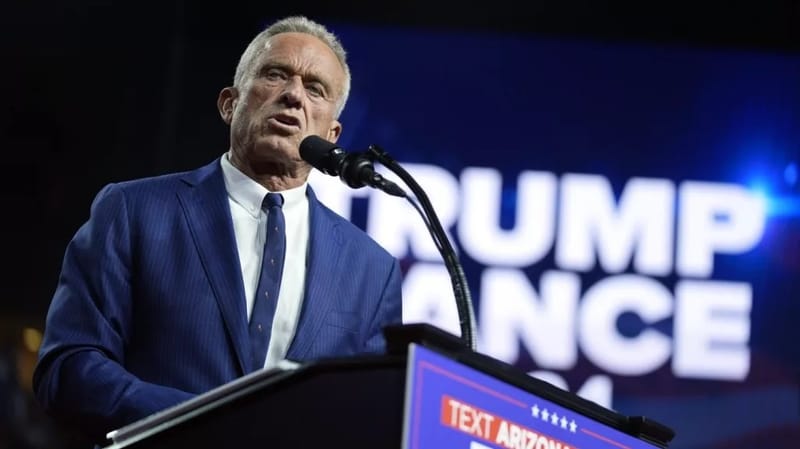Trump Administration and RFK Jr. Announce Nationwide Ban on Artificial Food Dyes
Health Officials Aim to Phase Out Eight Petroleum-Based Dyes by 2026, Citing Health Risks Washington, D.C. - a bold move to overhaul the U.S. food supply, the Trump administration, led by Health and Human Services Secretary Robert F. Kennedy Jr., announced on Tuesday a plan to ban eight
Health Officials Aim to Phase Out Eight Petroleum-Based Dyes by 2026, Citing Health Risks
Washington, D.C. - a bold move to overhaul the U.S. food supply, the Trump administration, led by Health and Human Services Secretary Robert F. Kennedy Jr., announced on Tuesday a plan to ban eight artificial food dyes derived from petroleum. The initiative, unveiled at a press conference alongside FDA Commissioner Dr. Marty Makary, targets synthetic colorants found in popular snacks, cereals, and beverages, including M&Ms, Froot Loops, and Gatorade. The phase-out is set to be completed by the end of 2026, marking a significant step in Kennedy’s “Make America Healthy Again” agenda.
The decision builds on earlier efforts, including the Biden administration’s January 2025 ban on Red Dye No. 3, which was linked to cancer in laboratory rats. The new plan expands the scope to include Blue 1, Blue 2, Green 3, Red 40, Yellow 5, Yellow 6, Citrus Red No. 2, and Orange B. Kennedy and Makary cited studies suggesting these dyes may contribute to behavioral issues in children, such as hyperactivity, as well as potential links to obesity, allergies, and digestive problems. “Americans don’t know what they’re eating,” Kennedy said. “These dyes are a toxic soup, and we’re getting them out of our food.”
BREAKING: RFK Jr. officially announces plan to ban artificial dyes from all food products, (Red 40, Yellow 5, Yellow 6, Blue 1, Blue 2, Green 3) by the end of 2026. pic.twitter.com/MEoBVg94wm
— Leading Report (@LeadingReport) April 22, 2025
The FDA will work with food companies to voluntarily eliminate six of the dyes by next year, while initiating regulatory processes to revoke authorization for Citrus Red No. 2 and Orange B. To ease the transition, the agency is fast-tracking the approval of natural alternatives, such as vegetable-based colorings, and providing regulatory flexibility to manufacturers. Makary emphasized a “gold-standard science and common sense” approach, referencing a Lancet study tying artificial dyes to hyperactivity in children.
The announcement has sparked bipartisan support, with states like California and West Virginia already banning certain dyes in school meals. California’s 2024 law, for instance, outlawed six synthetic dyes, citing developmental harms. However, the food industry, represented by groups like the Consumer Brands Association, has pushed back, arguing that the dyes are safe within FDA limits and that a patchwork of state laws creates confusion and raises costs. In exchange for cooperation, industry leaders have urged the administration to curb state-level restrictions.
Critics of the dyes, including the Center for Science in the Public Interest, have long advocated for their removal, noting that countries like Canada and those in Europe require warning labels or use natural substitutes. Yet, some scientists caution that evidence linking dyes to health issues remains inconclusive, and the FDA has historically maintained their safety within regulated limits.
🚨 #BREAKING - IT'S OFFICIAL: Trump administration moves to BAN essentially ALL artificial food dyes in the USA food supply at RFK Jr.'s direction.
— Eric Daugherty (@EricLDaugh) April 22, 2025
Eliminate 6 dyes: Red 40, Yellow 5, Yellow 6, Blue 1, Blue 2, Green 3, by the end of 2026.
FDA Commissioner Makary says: "This… pic.twitter.com/Z2cq4xh4PW
The ban could reshape the food landscape, affecting thousands of products aimed at children. While some companies have already begun reformulating products in response to state laws, the nationwide mandate sets a tighter timeline. Kennedy hinted at broader reforms, stating, “We’re going to get rid of every ingredient and additive we can legally address.” For now, the focus remains on dyes, with the administration framing the move as a critical step toward a healthier America.




